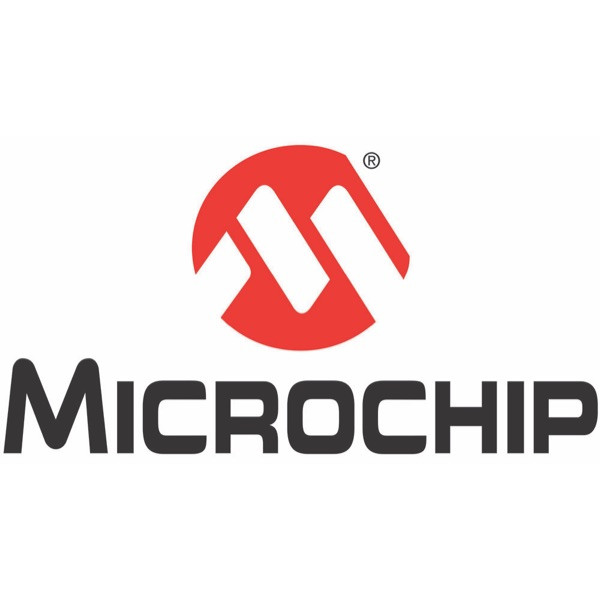Robust and cost-efficient automotive infotainment networks based on coax
02-09-2015 |
Microchip Technology
|
Semiconductors
Microchip has announced the industry's first MOST150 coaxial transceiver.
Extending the usage of coaxial cabling to powerful automotive infotainment
networks based on the latest MOST150 standard, the company's OS82150 device
integrates a coaxial cable driver and coaxial cable receiver into a
small-footprint, 4mm x 4mm QFN package.
The OS82150 coaxial transceiver broadens Microchip's portfolio of MOST150
network solutions and offers users a new option to implement efficient
infotainment networks. It also enables easy migration from optical to
coaxial cabling while protecting the customer's existing investment in
MOST150 technology.
This simple solution reflects today's market demands for powerful automotive
infotainment systems that include a navigation unit, antenna module,
amplifier, tuner, Blu-ray player, rear-seat entertainment, instrument
cluster, head-unit display, camera and more. MOST networking technology
provides the means to distribute these multimedia entertainment functions
among the various control devices inside the car. With an integrated
coaxial-cable receiver featuring an equalizing function, the OS82150 coaxial
transceiver assures robust and reliable network connectivity by providing
automatic adaptation to various cable types and continuous compensation for
initial and long-term cable-loss effects. Designed for automotive-grade
electromagnetic compatibility (EMC), the device also integrates functions to
minimise electromagnetic emissions and handle automotive electromagnetic
interference (EMI) levels, facilitating smooth installations of MOST150
networks into vehicles.
By seamlessly interfacing with MOST150 Intelligent Network Interface
Controllers (INICs), such as Microchip's OS81110 and OS81118BF, the OS82150
can be easily integrated into existing designs. Additionally, the signal and
timing specifications of the OS82150 are compliant with the MOST Physical
Layer Specification, ensuring interoperability.
Additional features of the OS82150 coaxial transceiver include a low-power
sleep mode with activity detection for wake-on-signal functionality to
reduce power consumption and facilitate the power management of electronic
control units (ECUs) in the vehicle. Support for dual-simplex transmission
allows for a ring topology that enables expandability and scalability of the
network. A single, 3.3 volt power supply further eases design-in, as only a
single voltage level is needed.
To further enable development and speed time to market, the OS82150 is
supported by K2L's OS81110 cPhy Evaluation Board and K2L's OptoLyzer MOCCA
Bundles. The OS81110 cPhy Evaluation Board encapsulates an entire MOST150
network device. An integrated OS85650 I/O Companion Chip (IOC) provides I/O
port expansion for additional application flexibility. The OptoLyzer MOCCA
Bundle combines the capabilities of the popular OptoLyzer Suite graphical
user interface with the advantages of the OptoLyzer MOCCA multi-bus hardware
interface.
The OS82150 is offered in a 4mm x 4mm QFN package and is available for
sampling and volume production, says the company.
By Electropages
Electropages is a trusted source of news and insights from the global electronics industry. With a dedicated team of experts and editors, Electropages delivers in-depth articles, product updates, and market trends across sectors such as embedded systems, IoT, connectors, and power solutions. Our mission is to empower engineers and professionals with the knowledge they need to innovate and succeed in a rapidly evolving technological landscape.


